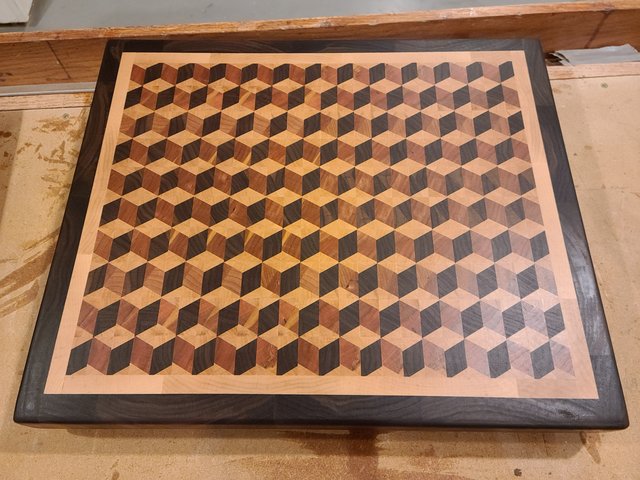Asked to make a thick cutting board with 13/16 wood my thought was to just rip the stock little over the desired thickness and glue up the faces. Then I heard the that the edges were a poor surface for cutting boards. I have trouble accepting that view Any thoughts?
Bill




 Reply With Quote
Reply With Quote






